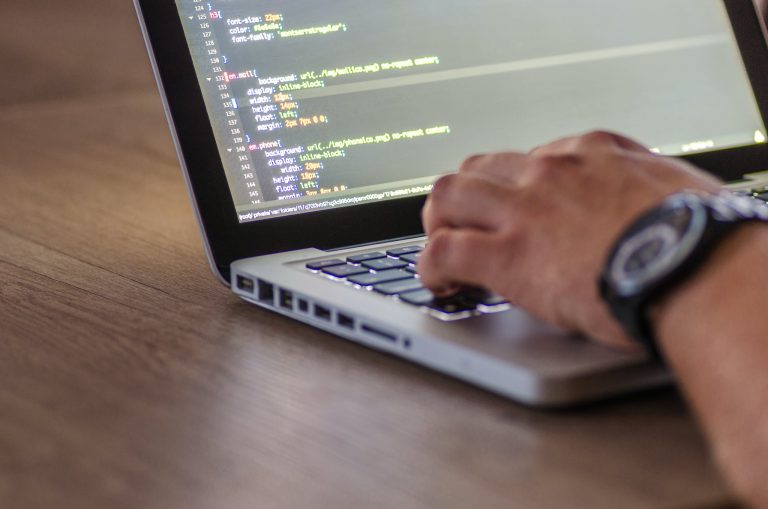
Creative Coding: Harnessing Technology for Artistic Expression
Creative coding, also known as algorithmic art, is a rapidly growing field that merges programming and artistic expression. It involves using programming languages and software to create visual and interactive art that explores concepts such as motion, transformation, and data visualization.
Exploring the Essence of Creative Coding
Creative coding transcends traditional artistic mediums, allowing artists to experiment with code as their creative tool. It empowers them to transform ideas into digital experiences, challenging the boundaries of art and technology.
Key Principles of Creative Coding
- Procedural Generation: Creative coding often utilizes procedural generation, a technique that involves algorithms to create unique and dynamic visual elements. This approach eliminates the need for handcrafted artwork, allowing the code to generate endless variations and possibilities.
- Interactive Elements: Interactive elements are a hallmark of creative coding, enabling users to interact with the artwork and shape its evolution. This dynamic interaction fosters a sense of engagement and involvement, blurring the lines between the observer and the art itself.
- Data Visualization: Creative coding can be employed to visualize data in innovative and visually appealing ways. This allows artists to explore the aesthetics of data, transforming numbers and patterns into captivating visual narratives.
Tools and Frameworks for Creative Coding
Numerous tools and frameworks are available for creative coding, each with its unique strengths and functionalities. Here are a few popular options:
- Processing: Processing is a free and open-source programming language designed for creative coding. It provides a user-friendly environment and extensive libraries for graphics, animation, and interaction.
- p5.js: p5.js is a JavaScript library that extends the capabilities of Processing, allowing it to run in web browsers. This makes it ideal for creating interactive web-based artworks.
- OpenProcessing: OpenProcessing is an online community platform where artists share their creative coding projects, providing inspiration and learning resources.
Examples of Creative Coding in Action
Creative coding has given birth to a diverse range of artistic expressions, from mesmerizing animations to interactive installations. Here are a few notable examples:
- „Turing Tumbles“ by Theo Jansen: This kinetic sculpture composed of interconnected rods transforms in response to wind, resembling a living organism.
- „The Echo Nest“ by Fernanda Viégas and Martin Wattenberg: This interactive visualization explores the musical landscape of the world, analyzing patterns and trends in music consumption.
- „The Nature of Code“ by Daniel Shiffman: This online course teaches creative coding concepts through engaging tutorials and projects, introducing beginners to the world of procedural animation.
Creative Coding: A Vibrant and Evolving Field
Creative coding continues to evolve at a rapid pace, with new tools, techniques, and applications emerging regularly. As technology advances, the potential for creative coding to shape the future of art and technology is boundless.



